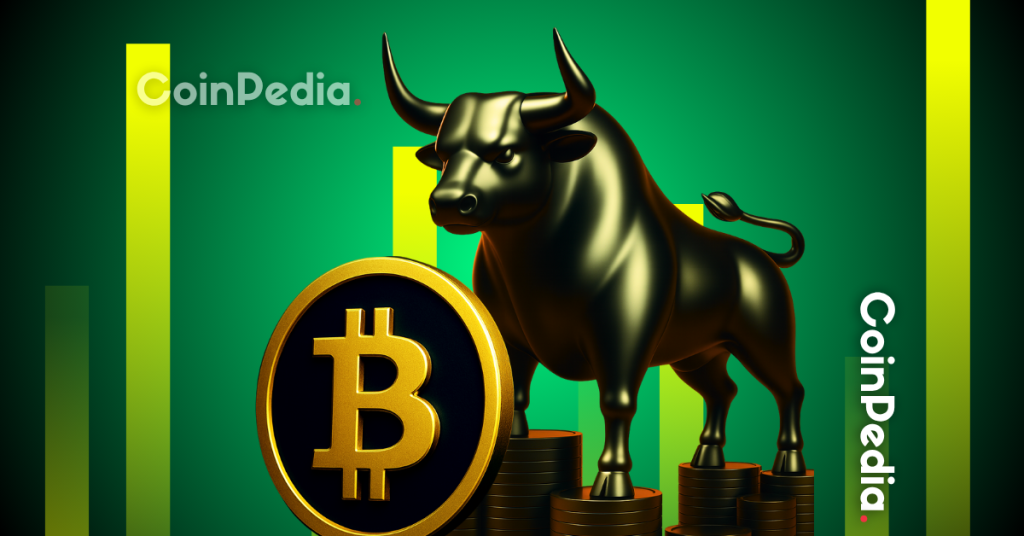The Reserve Bank of India (RBI) maintained its policy rate at 5.5% today. It aligns with forecasts as policymakers assess the impact of previous rate cuts and tax reductions realized amid global trade uncertainty. The decision was unanimous by the Central Bank’s six-member Monetary Policy Committee (MPC).
RBI Governor Sanjay Malhotra revealed that the MPC considered it prudent to maintain the current level, allowing time for the effects of earlier moves to filter through the economy. The RBI had previously reduced the rate by 100 basis points in the first half of 2025. The RBI revealed that the steps are expected to boost domestic demand.
RBI revises GDP estimates from 6.5% to 6.8%
The Central Bank of India revised its growth outlook upwards, projecting the GDP will grow by 6.8% from the previous estimate of 6.5%. The country’s economy grew by 7.8% in the second quarter of 2025, exceeding expectations. The RBI maintained its projections for the 2026 fiscal year at 6.5%, citing concerns about slowing global trade and U.S. tariffs weighing on external demand, despite a currently balanced outlook.
The inflation forecast was revised downward, with the Central Bank projecting a Consumer Price Index (CPI) inflation rate of 2.6% for the 2025 fiscal year. The previous estimates placed the CPI for inflation at 3.1%. The RBI also revised down the inflation rate for the 2026 fiscal year from 3.7% to 3.1%.
Governor Malhotra revealed that the outlook had turned more harmless due to easing food prices and tax reductions. August Inflation stood at 2.07% close to the lower end of the 2% to 6% tolerance band.
While inflation pressures had eased, some economists had expected the RBI to announce further reductions in October. Sonal Varma, Chief economist at Nomura Research, told CNBC that the rate cut in October would have been timely due to the high demand for loans from businesses and households during the festive season.
The RBI weighed in on the impact of the recent tariffs imposed by the U.S. on Indian exports. The U.S. raised the tariffs on Indian exports to 25%, which increased the total duties to almost 50% on key sectors, including textiles, gems, jewelry, and marine products. Indian exports to the United States account for around 2% of its GDP.
The RBI expects the tariff to affect labor-intensive industries, effectively increasing unemployment rates.
GST’s tax cuts boost India’s consumer spending
India took precautionary steps to protect itself from tariff effects by reducing the Goods and Services Tax (GST) rate on several consumer products. Reuters reported that the tax cuts on consumer items such as soap, toothpaste, and shampoo were reduced from 18% to 5%. In contrast, the tax on small cars, air conditioners, and other consumer electronics was decreased from 28% to 18%. The tax cuts were aimed at boosting domestic spending to cushion them from U.S. tariffs.
The GST Council, which comprises federal and state ministers, simplified the tax structure by reducing it to two slabs from the previous four: 5% and 18%. The tax changes took effect on September 22, and the government is expected to lose up to $5.5 billion as a result.
However, luxury goods such as large cars and cigarettes were not included in the tax relief. The GST imposed a 40% duty on high-end luxury goods to boost consumer spending, with companies in the fast-moving consumer goods sector and electronics sector receiving the most benefits.
India’s benchmark 10-year bond yield has increased by two basis points to 6.6% while the rupee strengthened to 88.75 against the U.S dollar. Equity indexes such as the BSE Sensex and the Nifty 50 have also recorded gains over the past month. The BSE Sensex recorded a rise of 0.55% over the past month with a positive YTD of 2.95%. Nifty 50, on the other hand, has recorded a 0.66% rise with a positive YTD of 4.4%.
The Indian Central Bank’s stance has been considered the main driver for maintaining positive results in India’s equity and bond markets amid the tariff hit.
Get up to $30,050 in trading rewards when you join Bybit today
















 English (US)
English (US)